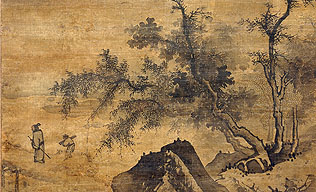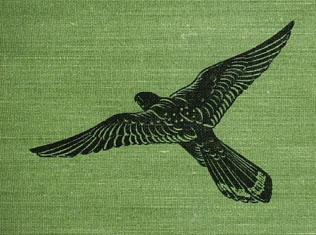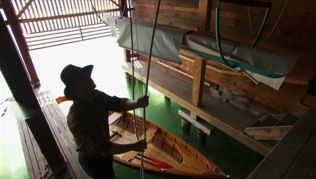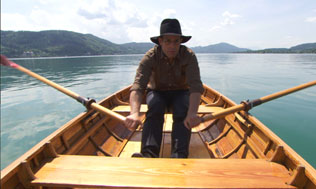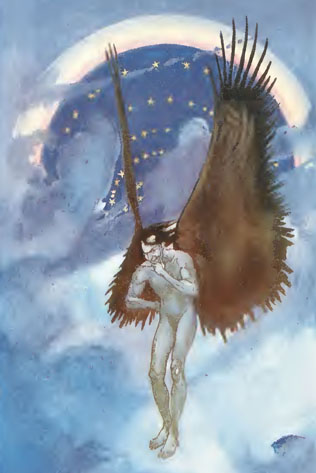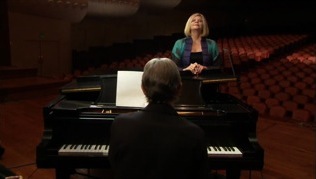-
The fourth song in the cycle The Song of the Earth (Das Lied von der Erde), "Of Beauty" (Von der Schoenheit) begins by painting a scene of young girls picking lotus flowers. Soon a fanfare announces the arrival of handsome young men, creating excitement and longing — perhaps a remnant of the excitement Mahler felt as a child when he saw and heard soldiers come riding into town.
-
The next song, "The Drunkard in Spring" (Der Trunkene im Frühling), is also by Li T'ai-po. It similarly uses a fanfare, but one that is considerably less fresh and naïve, to express the extroverted nihilism of the drunkard: "If life is just a dream, why are we tormented with troubles? I drink until I can drink no more, the whole blessed day!"





